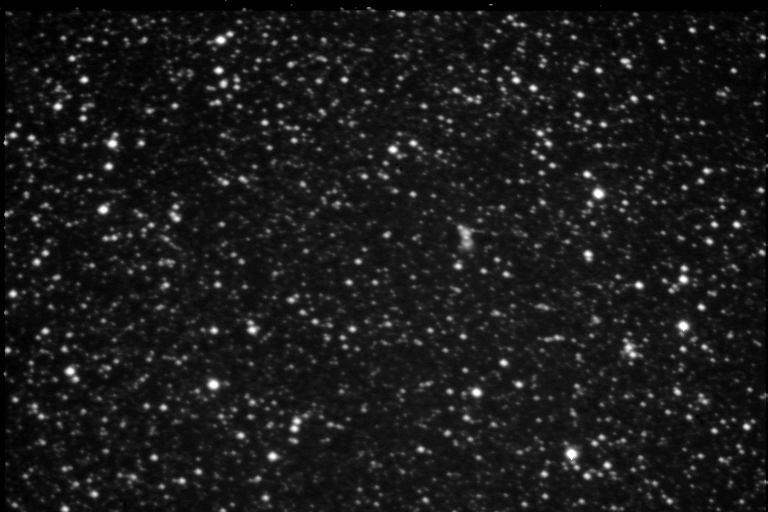
Combination of 3, 3 minute exposures, Meade 416XTE.
8" f/6 newtonian at prime focus.

Mz3, also known as PK 331 -1.1, is a small and moderately faint planetary nebula in Norma, about 3 degrees north of the bright open cluster, NGC 6067. It is commonly known as the "Ant Nebula". This name arises from the appearence of the nebula in a large telescope, where it appears as two small patches of light extending from a central star about the same brightness. It is not a particularly difficult object in a 12" telescope, especially when an OIII filter is used.
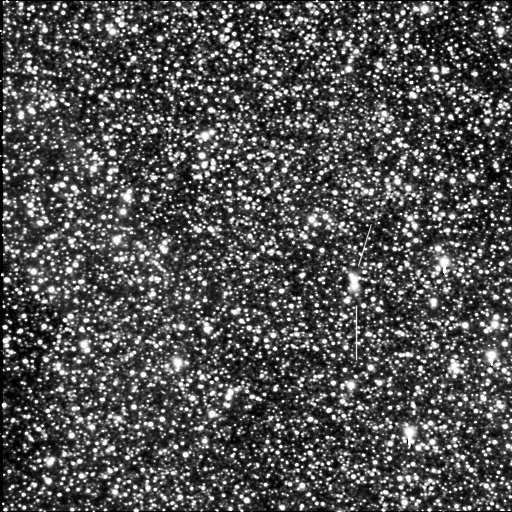
The nebula is much easier to image using narrow-band filters as these minimise the interference from the masses of surrounding stars. Deminishing the stars also renders the nearby nebula, RCW 102, to be visible.
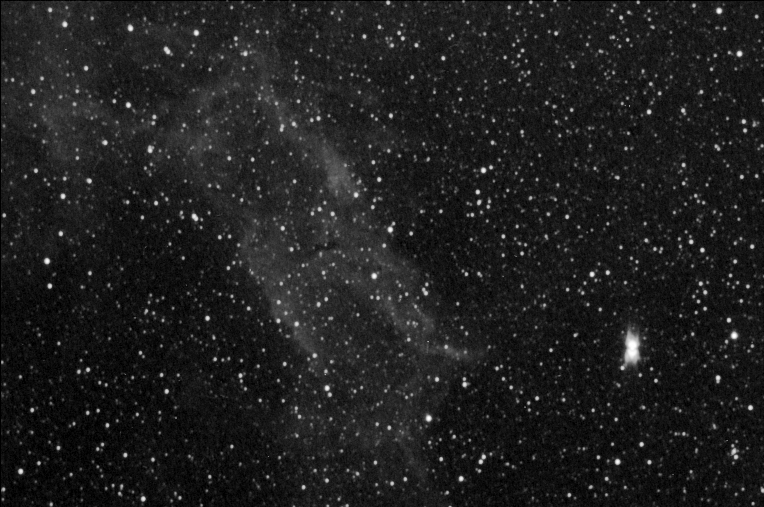
Combining the H-alpha filter with ordinary LRGB images gives intersing results depending on how they are combined. The following images show the results of the various combinations.
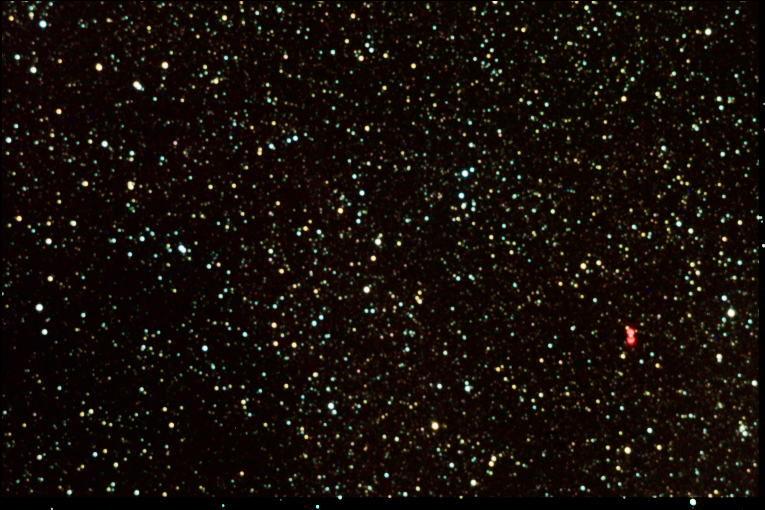
Notice how using just the standard LRGB imaging, the stars dominate the image. Only the brighter protions of the planetary are visible and RCW 102 is not visible. Using the H-alpha filter image as the luminance layer results in the nebula being faintly visible and more of the planetary appearing, as seen below.
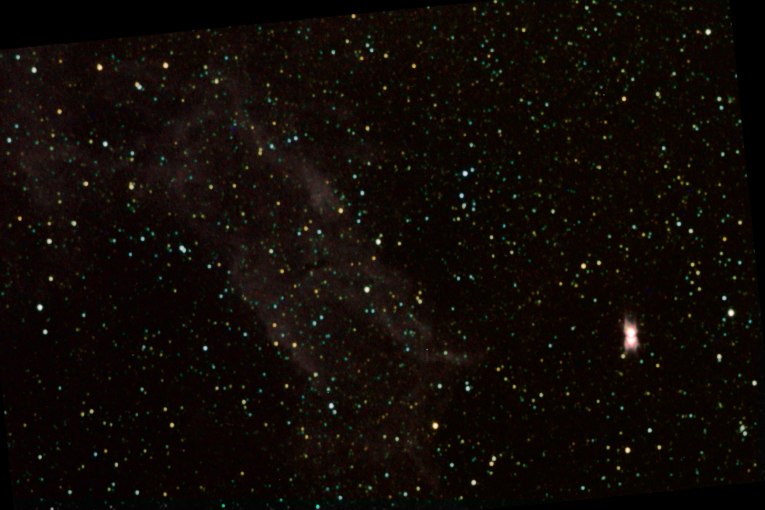
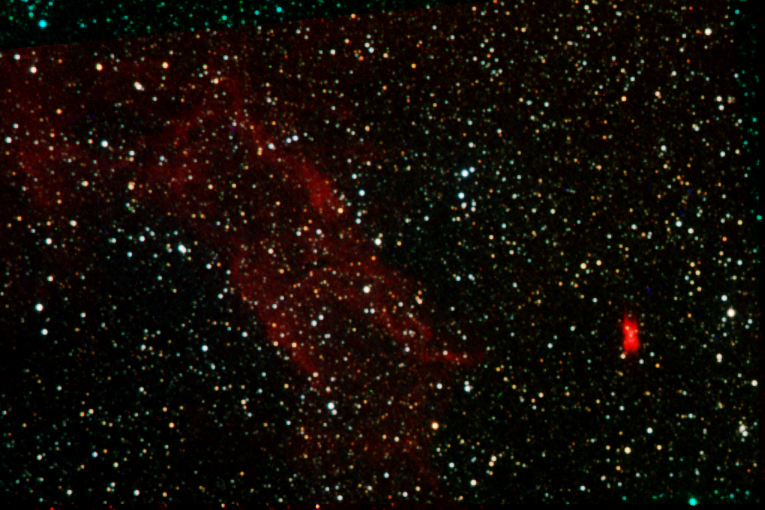
Using the H-alpha filter image as the red layer results in more of the nebula being visible and the full extent of the planetary.